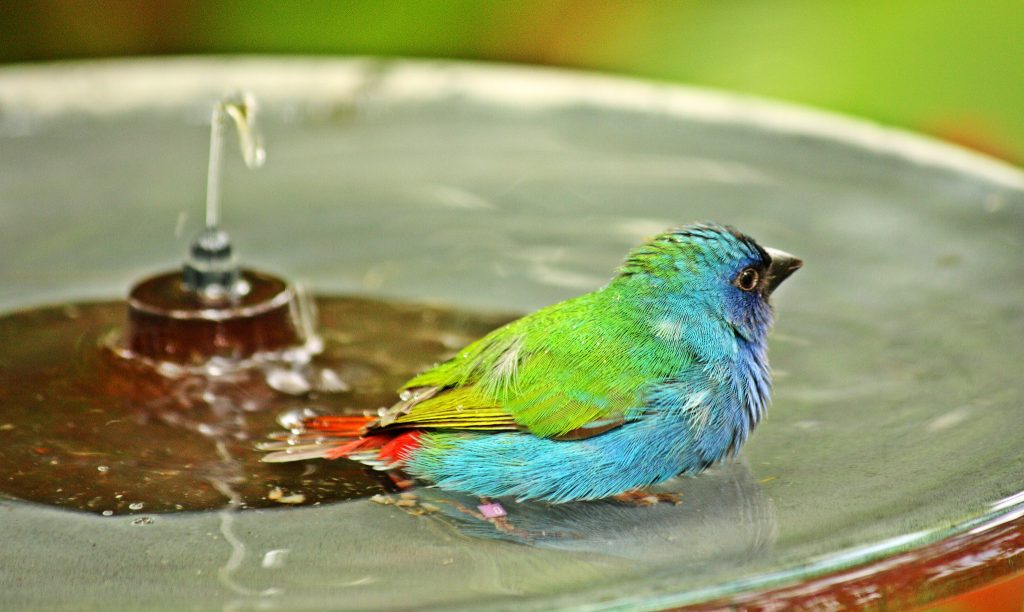The Tricolored Parrotfinch; sometimes called the Forbes Finch or the Tanimbar Parrotfinch, is a small estrildid finch native to Indonesia and East Timor. They prefer warmer subtropical climates, but can survive almost anywhere if adequate heat is provided. They are uncommon in aviculture, however many countries have a secure captive population.

Housing & Compatibility
Tricolored parrotfinches can be housed as single pairs or as part of a mixed colony of passive finches. They’ll happily cohabitate with all non-aggressive foreign and domestic finches.
Much of the available literature on this species suggests they cannot be mixed with Gouldian finches, but there are many breeders who keep the two species together without incident.
Tricolored parrotfinches may disrupt the roosting of other aviary inhabitants as they are unusually active at dusk and into the first few hours of night. A well designed aviary that disallows high-speed flight in the nesting/roosting area can mitigate some of this annoyance.
Best results are achieved with only one breeding pair of Tricolored parrotfinches per aviary. They must not be housed with other parrotfinch species, as hybridization is likely to occur.
The Tricolored parrotfinch is best suited to a large planted aviary that emulates their natural environment. Palms and ferns are appreciated as hiding places and help to increase the humidity, which is essential for breeding this species.
Diet & Feeding
Seed forms the basis of most finch diets. Unfortunately seed is lacking in many essential vitamins and minerals which must be compensated for by introducing other foods. Green seed heads or sprouted seed increases the nutritional value of seed and is a cheap way to improve your birds health.
Leafy greens such as kale, bok choy, endive and silverbeet, plus cucumber and finely grated apple, carrot or broccoli are much loved by Parrotfinches. Spinach can also be given, but only sparingly as it can contribute to calcium deficiency.
Commercial soft finch food mixes can also be provided for an added nutrient boost, particularly when breeding. These should be given sparingly as Tricolored parrotfinches are intensely prone to obesity. Tricolored parrotfinches benefit from the inclusion of some live food into their diet, especially when breeding. Small mealworms are the most readily accepted live food, however maggots and termites can also be offered with varying results.
Birds should never be fed avocado, chocolate, caffeine, onion or alcohol.
Breeding
Tricolored parrotfinches will nest throughout the year, however best results will occur in autumn and spring. They will construct a dome-shaped nest in a shrub or nesting box using fine grass and other soft materials. The hen will lay 3-6 eggs which will be incubated by both parents for approximately two weeks. Young birds will fledge at approximately three weeks of age and become fully independent a month later.
Allowing pairs to produce more than 3-4 clutches will greatly reduce the health and longevity of your birds. Steps should be taken to prevent birds from breeding in the hottest or coldest months.
Health
A strict worming and parasite control is especially important for parrotfinches, as pests tend to grow more prolifically in warm and damp environments favored by these birds.
besides being a waste of time. in queensland you will be rewarded with a ten thousand fine and two years jail .i wonder if this rule will be softened.besides in an aviary situation who has control over who breeds with who’ so don’t mix species that will hybridize, or total control cabinet breed like europe.